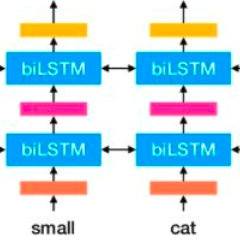This paper proposes two intuitive metrics, skew and stereotype, that quantify and analyse the gender bias present in contextual language models when tackling the WinoBias pronoun resolution task. We find evidence that gender stereotype correlates approximately negatively with gender skew in out-of-the-box models, suggesting that there is a trade-off between these two forms of bias. We investigate two methods to mitigate bias. The first approach is an online method which is effective at removing skew at the expense of stereotype. The second, inspired by previous work on ELMo, involves the fine-tuning of BERT using an augmented gender-balanced dataset. We show that this reduces both skew and stereotype relative to its unaugmented fine-tuned counterpart. However, we find that existing gender bias benchmarks do not fully probe professional bias as pronoun resolution may be obfuscated by cross-correlations from other manifestations of gender prejudice. Our code is available online, at https://github.com/12kleingordon34/NLP_masters_project.
翻译:本文提出了两种直觉衡量标准,即扭曲和定型,用以量化和分析处理WinoBias pronnoun解决任务时背景语言模型中存在的性别偏见。我们发现有证据表明,性别陈规定型观念与框外模式中的性别偏差基本存在负面关系,表明这两种形式的偏见之间存在着权衡关系。我们调查了两种方法来减少偏见。第一种方法是一种在线方法,可以有效地消除斜差,而以陈规定型观念为代价。第二种方法受ELMO先前工作启发,涉及利用一个扩大的性别平衡数据集对BERT进行微调。我们发现,与未加强化的微调对应方相比,这减少了性别偏见和定型关系。然而,我们发现,现有的性别偏见基准并不能充分探究职业偏见,作为正统的解决方案,可能因与性别偏见的其他表现形式的交叉联系而被混淆。我们的代码可在https://github.com/12klegleordordon34/NLP_masters_project上查阅。




